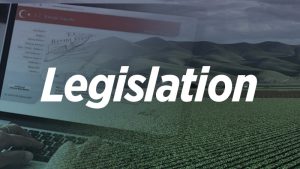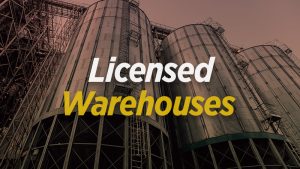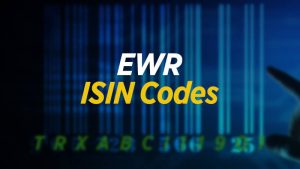
EWR Ecosystem
The journey of the agricultural product from the farm to the fork begins with the harvest of products grown with incredible effort. Then, commodities are either stored in licensed warehouses for their expected price or sold after the harvest.
LICENSED WAREHOUSES
Agricultural commodities can be stored in licensed warehouses established on licenses issued by Ministry of Trade and are operated under the supervision and surveiliance of the Ministry.
Agricultural commodities to be stored in licensed warehouses are delivered to the licensed warehouses by appropriate transportation means.
AUTHORIZED CLASSIFIER
Once the agricultural commodities have been delivered to the licensed warehouse, the authorized classifier takes samples and performs a full weighing. Based on the analysis conducted by the authorized classifier, agricultural commodities are classified according to their type and quality.
ELECTRONIC WAREHOUSE RECEIPT (EWR)
Agricultural commodities that are stored in licensed warehouses are represented by an official electronic record named as the Electronic Warehouse Receipt (EWR). This receipt is created by the licensed warehouse and provides information about the quantity, type, class, and quality of the commodities stored.
EWR and analysis information are sent to the Central Securities Depository. EWRs are classified by standard 12-digit ISIN codes that include the licensed warehouse information and EWR features. The ISIN code is obtained from Takasbank by licensed warehouses.
Farmers can take back their agricultural products of the same feature and quality by presenting their EWRs, and they can also use EWRs as collateral to obtain bank credit.
Please click here to get information about EWR Market.
Please click for the Legislation regarding TMEX.
Click here for the list of Licensed Warehouses that has been provided licenses by Ministry of Trade.
Please click for the EWR ISIN Codes



